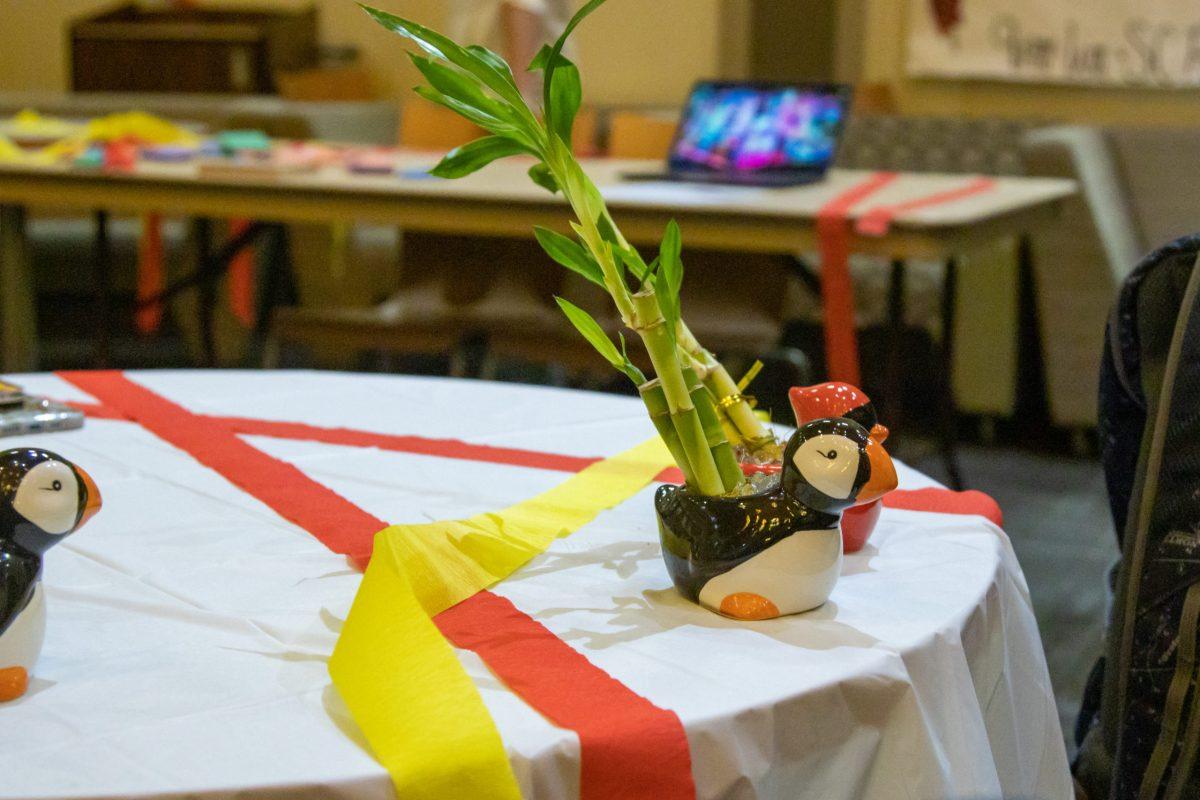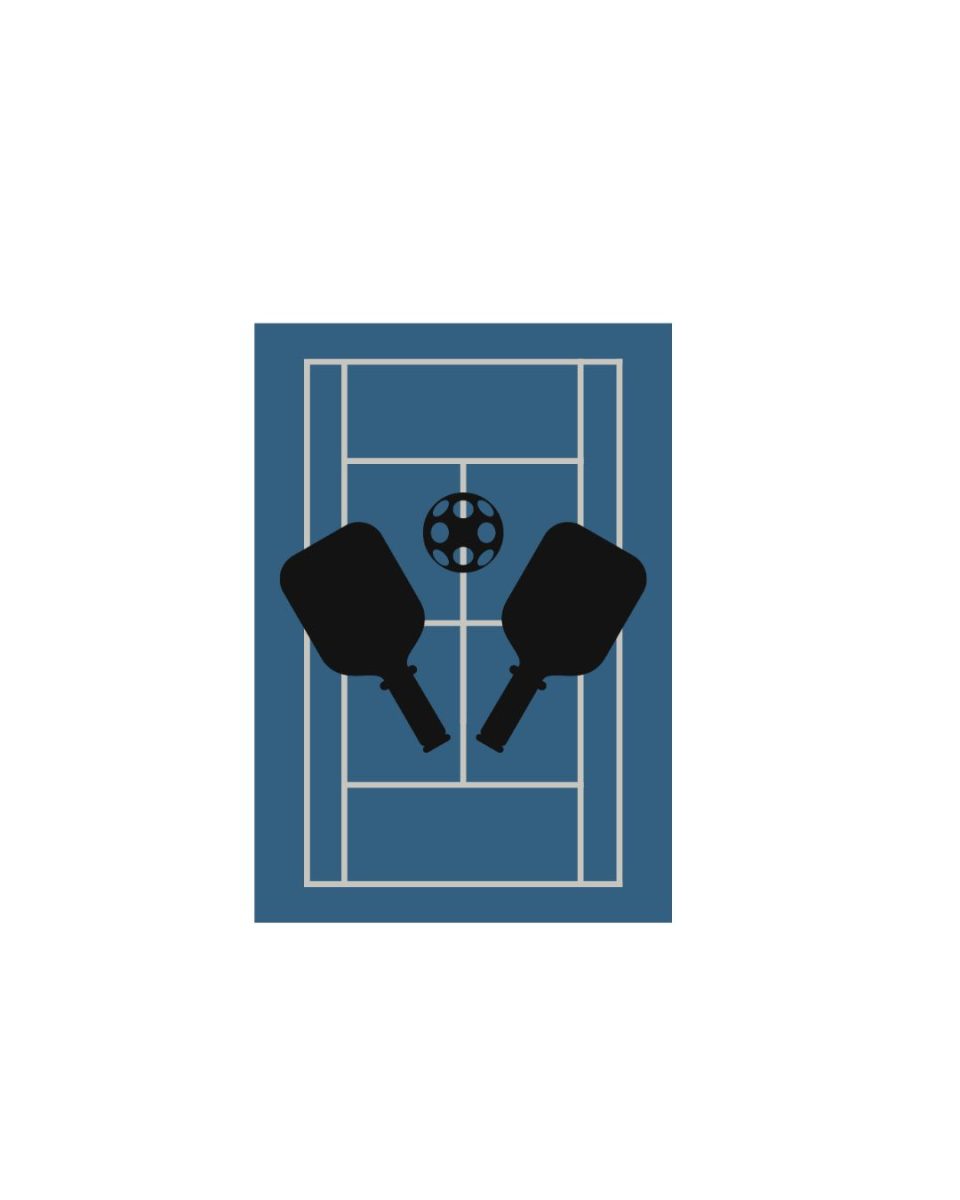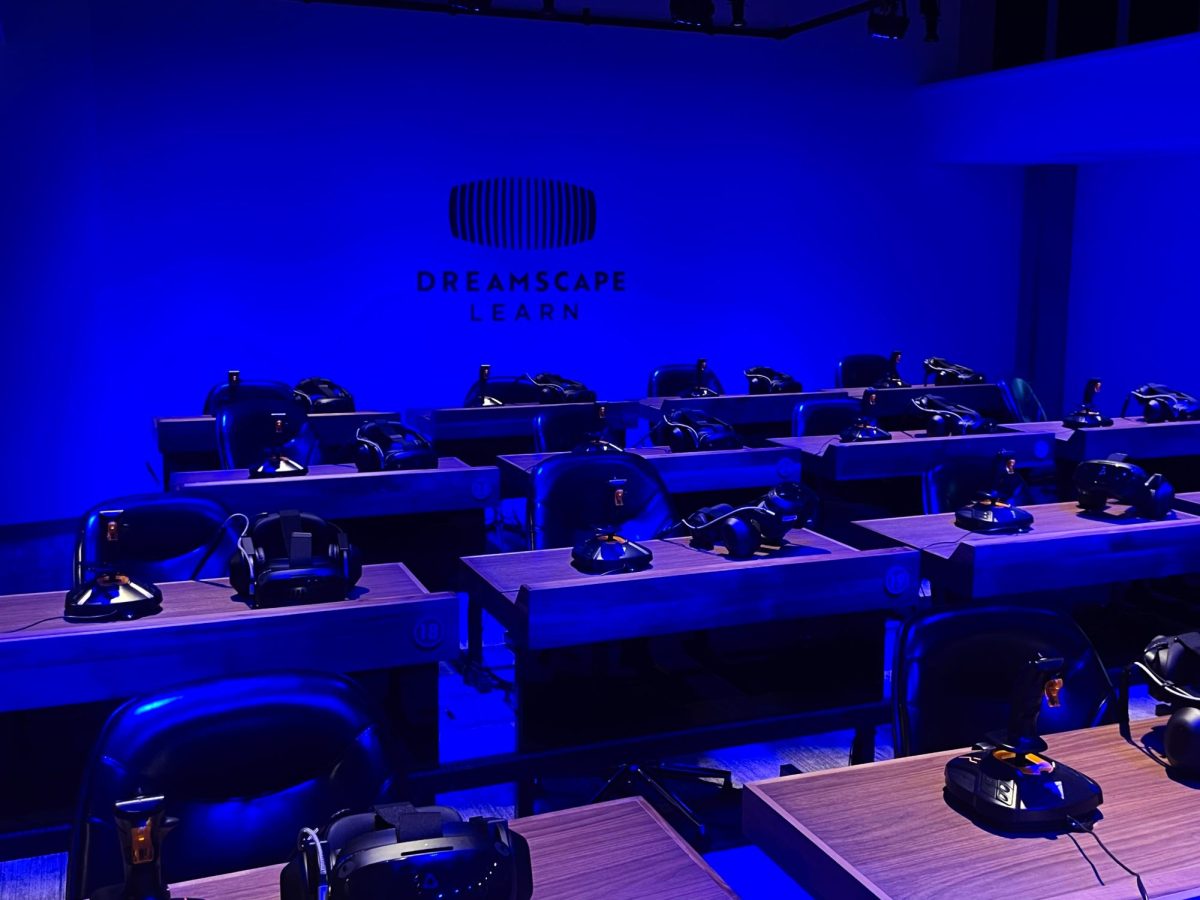On Thursday, Feb. 3, Rowan After Hours (RAH) and the Rowan University Asian Cultural Association (ACA) held the first-ever on-campus celebration of the Lunar New Year.
Attendants enjoyed a night of East-Asian culture, complete with authentic food and traditional Lunar New Year activities. Students could make and paint lanterns, fold origami and play a variety of games from the various countries that celebrate the holiday. The ACA also provided numerous informational displays about the holiday and the native cultures surrounding it.
The widely-used Gregorian Calendar, instituted in 1582, tracks the Earth’s orbit around the sun, with one full year comprised of 365 days. Much older, however, is the Hijri Lunar Calendar, also called the Islamic Calendar. It tracks the cycles of the moon around the Earth where one full year is comprised of 12 lunar cycles or approximately 354 days. In ancient times, the calendar was used from the Middle East to East Asia and is still used today for cultural purposes such as holidays, including the Lunar New Year.
Though it does not fall on the same day each year, the time frame remains the same. The new year begins once Spring is approaching.
Though commonly misinterpreted in the West as “Chinese New Year,” Lunar New Year is celebrated in multiple East-Asian countries, including China, Japan, Korea, Vietnam, Laos, Cambodia and Thailand. Furthermore, each culture celebrates the New Year in different ways, ranging from the food, dress, events, to the length of the celebration itself.
No matter where or how it is celebrated, the idea behind the Lunar New Year is the same: to relinquish the troubles of the past year and embrace the new one with high hopes, surrounded by friends and loved ones.
“We want to bring awareness to Asian cultures, which is our mission statement,” said Tiara Herpriyonggo, treasurer of the ACA and one of the head organizers of the event.
Herpriyonggo ran the event’s bustling origami room while wearing a traditional Vietnamese gown known as an aldai. Though no stranger to hosting cultural events, it was her and the ACA’s first attempt to do something so high profile, and large scale.
“[This] took months of research and careful planning,” Herpriyonggo said. “We’re hoping this event shows people about us.”
According to the ACA, Rowan University’s Asian population numbers under 3,000 in a school of approximately 20,000. Through cultural events such as Lunar New Year, the ACA hopes to not only spread the richness of the culture but to provide a sense of home and familiarity to Asian students, for many of whom it is impractical or outright impossible to go home and celebrate with family.
Senior Grad Coordinator for RAH, Mustafa Abdus-Sabuur, helped work with the ACA to make the event possible.
“I love when we do those kinds of things, much less a big holiday,” Abdus-Sabuur said. “We want to bring the community together with all we do, and promoting underrepresented communities is one of the best ways to do that.”
For comments/questions about this story tweet @TheWhitOnline or email [email protected].
























































































































































!["Working with [Dr. Lynch] is always a learning experience for me. She is a treasure,” said Thomas. - Staff Writer / Kacie Scibilia](https://thewhitonline.com/wp-content/uploads/2025/04/choir-1-1200x694.jpg)










































